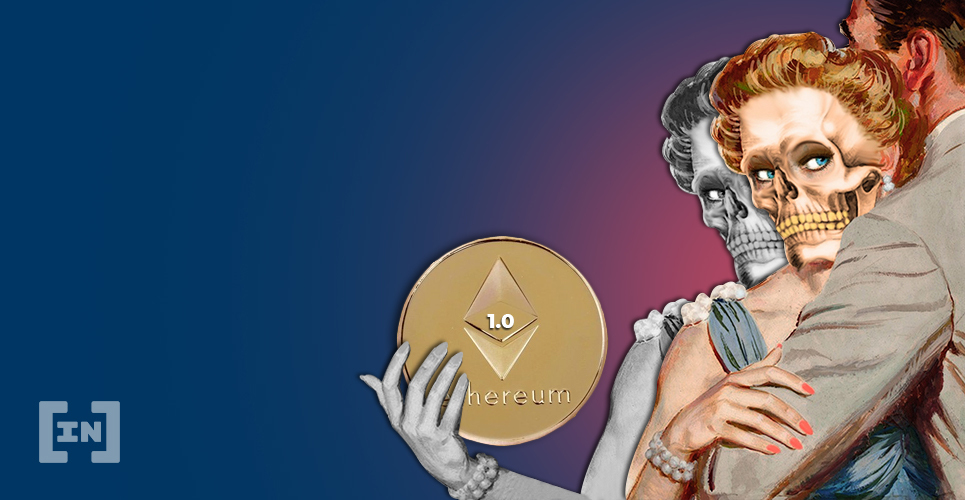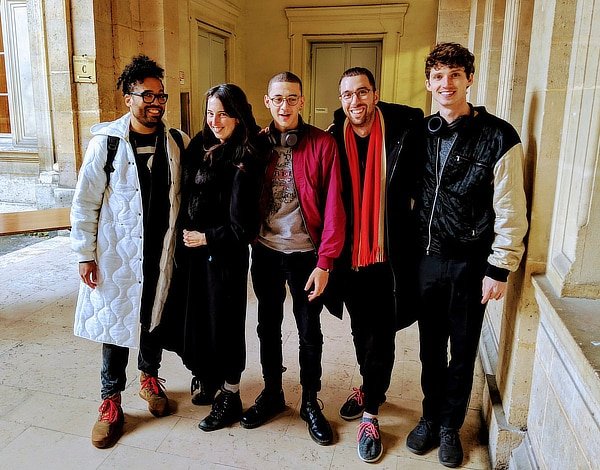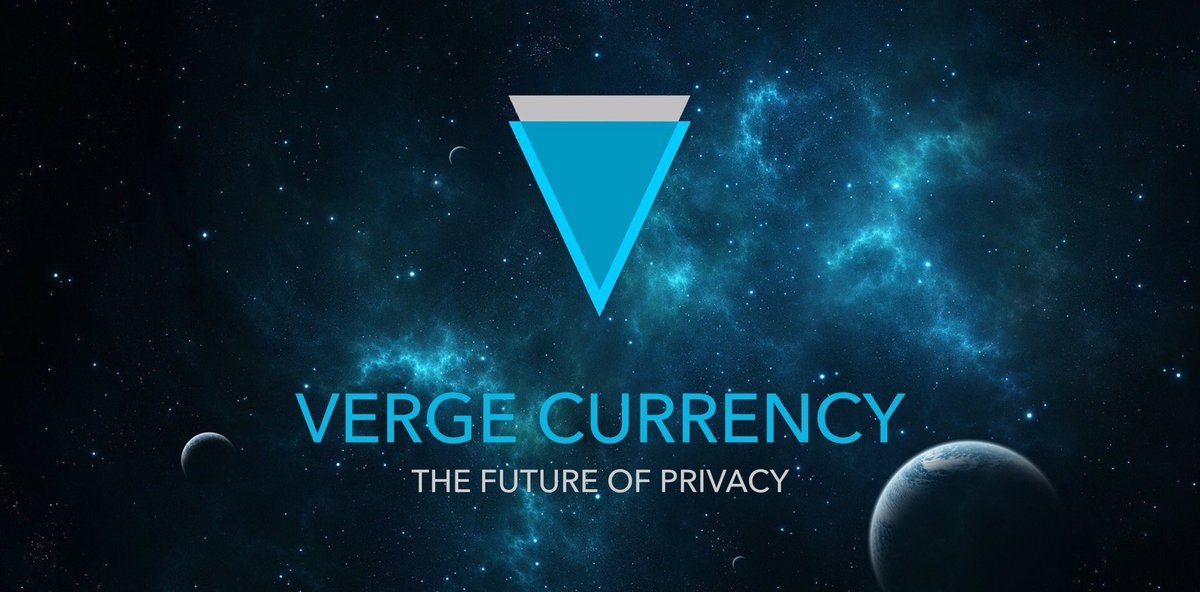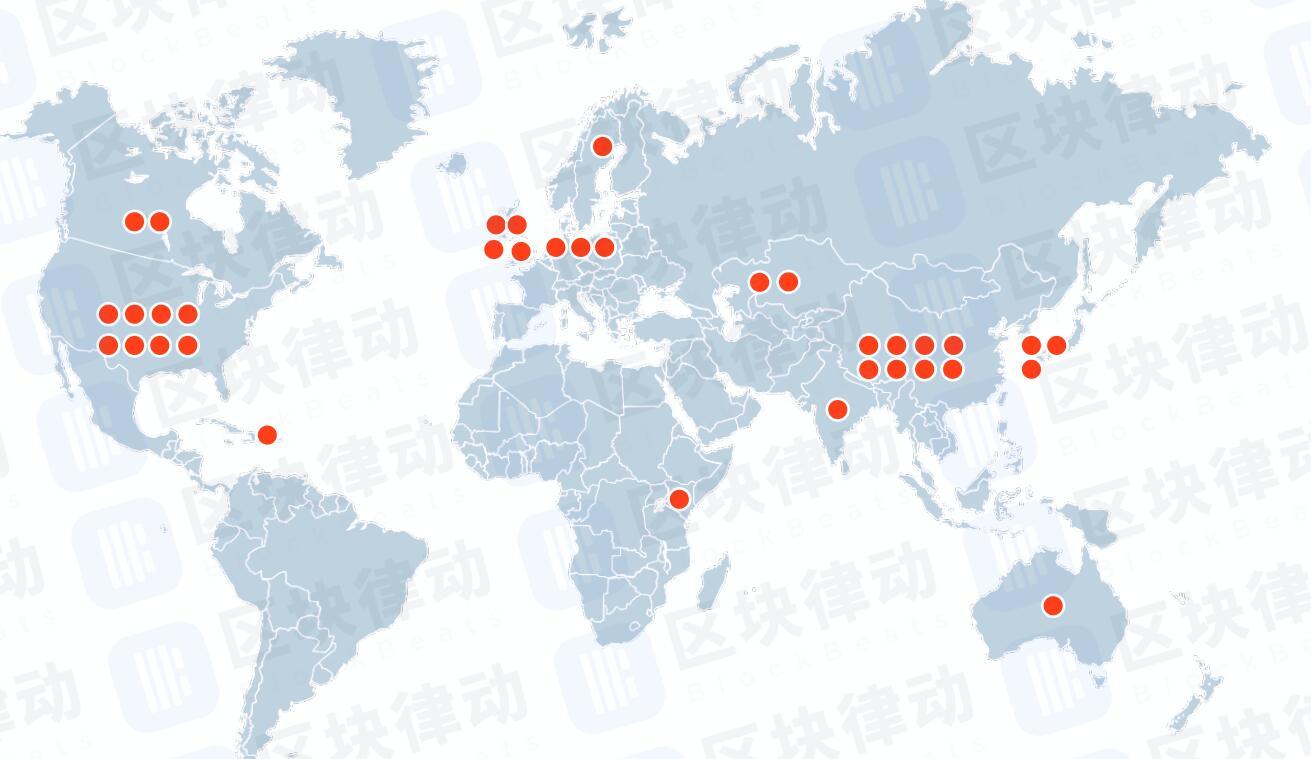2020-7-22 23:13 |
Danny Ryan, one of the core developers of the Ethereum developer community, has challenged white hat hackers to hack into a pair of ETH2 testnets.
Ethereum's most significant upgrade since its inception where the Ethereum mainnet will transition from Proof-of-Work (PoW) based mining consensus to Proof-of-Stake (PoS) and has been dubbed Ethereum 2.0. The transition from Ethereum to Ethereum 2.0 will happen in phases through a series of hard forks.
While there is much debate on when ETH2 will launch, the testnets are already up and running, and Ethereum is expecting to add thousands of node validators to keep the network decentralized. Ethereum 2.0 is also believed to help Ethereum's current struggle with scalability and transaction processing. Ethereum co-founder Vitalik Buterin has claimed that the network would be able to process thousands of transactions per second. Ryan tweeted the invitation with a link to a Github page with the details and parameters of the challenge. He wrote:
“We welcome white hats to bring down the two beta-0 attacknets for reward and fame :)
Check out the new “attacknets” channel on the eth r&d discord for discussion.”
Announcing eth2 attacknets — beta-0! https://t.co/nMXChoDaVH
We welcome white hats to bring down the two beta-0 attacknets for reward and fame :)
Check out the new "attacknets" channel on the eth r&d discord for discussion
— dannyryan (@dannyryan) July 20, 2020
What is The Target For White Hat Hackers?The target for the “attacknets” are two miniature versions of ETH2 clients, namely Lighthouse and Prysm, which have been designed to access the ETH 2.0 network. However, unlike mainstream clients, which comprise thousands of nodes, these attacknets miniature clients would have only four nodes.
The hackers are required to prevent blocks from confirming transactions and double-spending. These white hat hackers would be required to create a 51% attack scenario, which is what a quality blockchain was designed to prevent.
Many blockchain networks have hundreds of validators, but ETH 2.0 has set a target of 16,000 validators in the beginning and then expand it to hundreds of thousands of validators with time to keep it as decentralized as possible.
origin »Ethereum (ETH) íà Currencies.ru
|
|





















